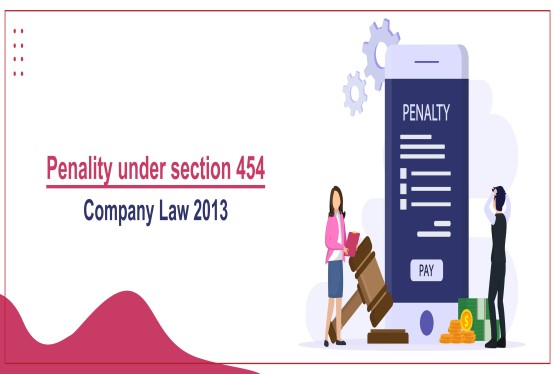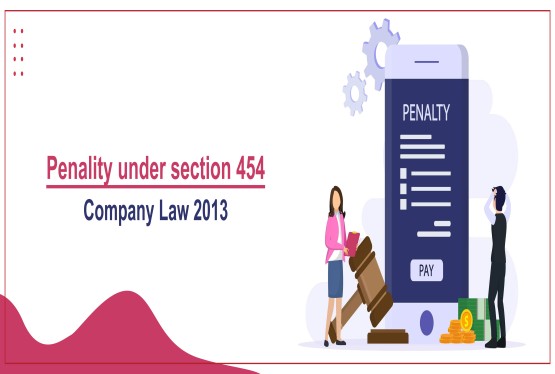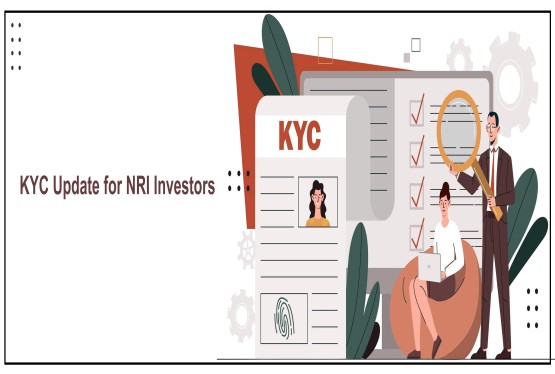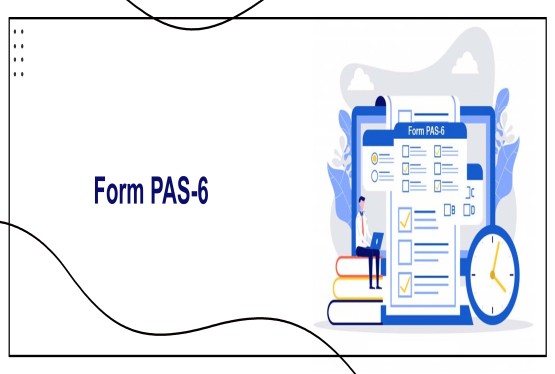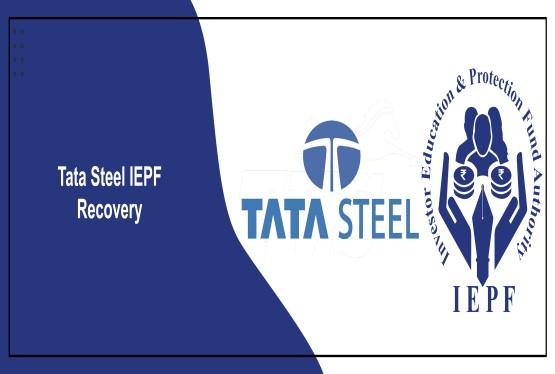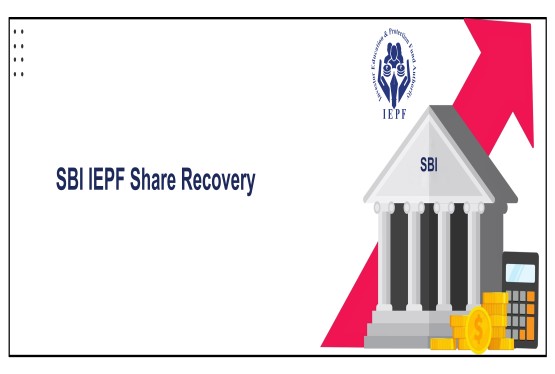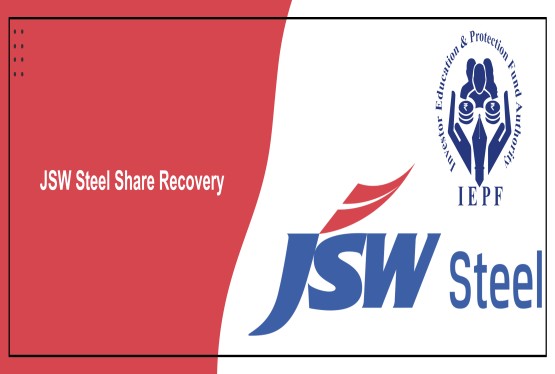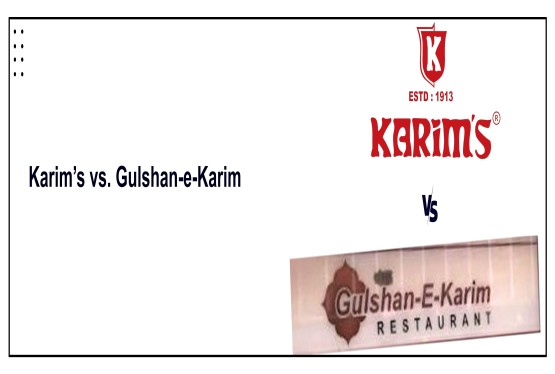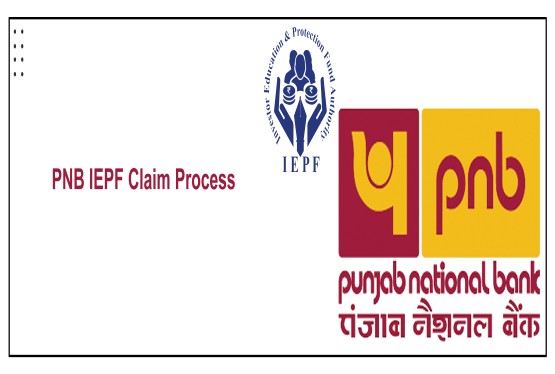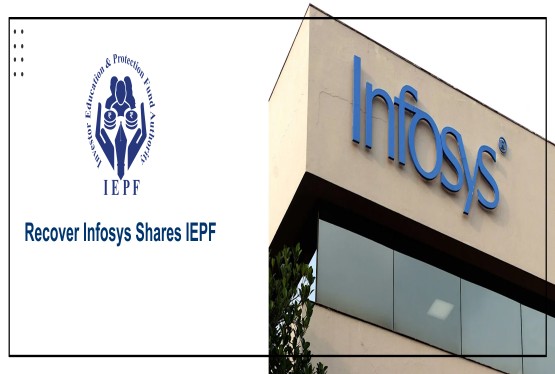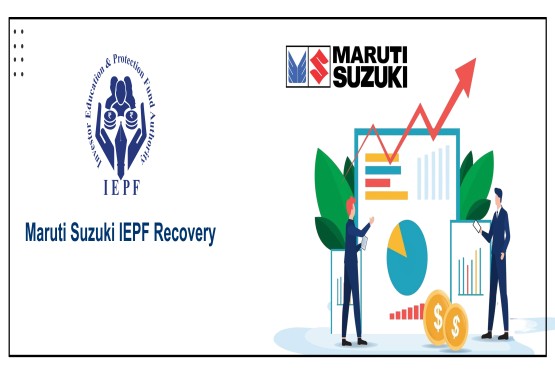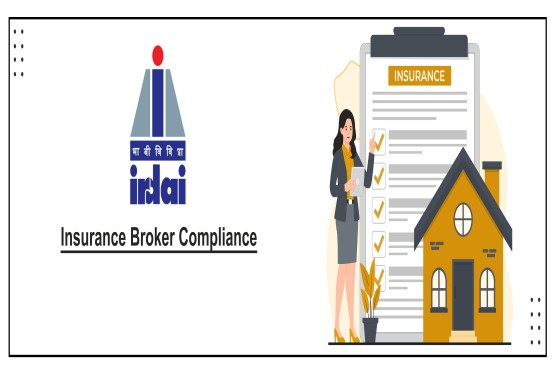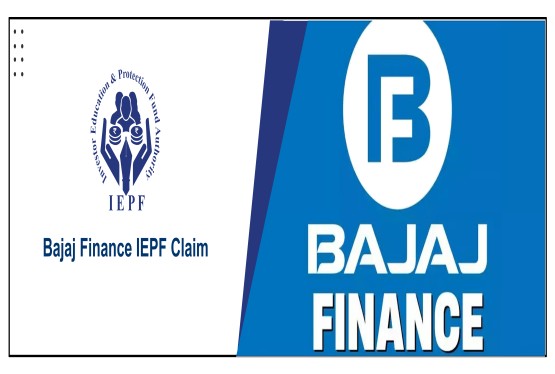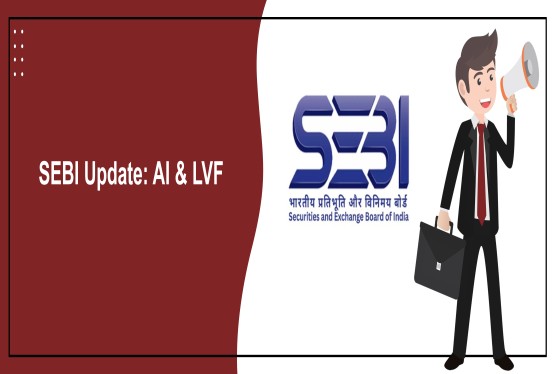Closure of a Private Limited company is a tough decision, but if a company is defunct, it's best to close it legally. A defunct company that fails to meet statutory compliance requirements, such as filing annual returns as per section 92 of the Companies Act 2013 and financial statements as per section Section 134 of the Companies Act 2013, can face serious penalties, director disqualification under Section 164 of company laws, and other legal consequences. The Ministry of Corporate Affairs (MCA) monitors non-compliant companies, and the Registrar of Companies (ROC) has the authority to remove a company’s name from the register if it remains inactive for an extended period.
Why is it important to close a Defunct Company?
Many directors assume that no action is needed when a company is no longer operational. This is a common misconception that leads to severe consequences and hefty penalties. Failure to file Annual ROC Filing such as financial statements (AOC-4) and annual returns (MGT-7/MGT-7A) for two or more consecutive years can trigger automatic strike-off proceedings by the ROC under Section 248(1).
Non-compliance not only results in monetary penalties but can also lead to disqualification of directors under Section 164 (2) (a), preventing directors from holding office in any company for up to five years. Ignoring compliance obligations could invite legal action, including adjudication proceedings by MCA. Ignoring compliance obligations can lead to legal action, including proceedings by the MCA. Therefore, it is important to either revive or voluntarily close a non-operational company before regulatory actions are initiated.
Company Closure Process
Companies can apply for voluntary closure under Section 248(2) of the Companies Act, 2013 on the following grounds provided in section 248(1):-
(a) The company has failed to commence business within one year of incorporation.
(b) The company has not carried out any business for the last two financial years and has not applied for Dormant Company status under Section 455.
(c) The subscribers have not paid their initial subscription amount which they had undertaken to pay at the time of incorporation and have not filed a declaration under Section 10A within 180 days of incorporation.
This process, known as Fast Track Exit (FTE), allows companies to shut down legally and have their names removed from the register. To initiate closure, the company must file Form STK-2 with the ROC, the application form STK-2 requires supporting documents such as:
-
Indemnity Bond (STK-3) signed by all directors along with two witnesses on stamp paper.
-
Statement of Assets & Liabilities (STK-8).
-
Board resolution approving the closure.
-
Affidavit from directors (STK-4) on stamp paper.
-
Latest bank statement showing zero balance or bank closure letter.
-
Company KYC (COI and PAN)
-
NIL ITR Copy
-
KYC of all Directors certified by a professional (CA,CS, etc.)
-
GST cancellation certificate, if applicable
How the Registrar of Companies -MCA Initiates Strike-Off?
If a company fails to apply for voluntary closure, the ROC can initiate strike-off proceedings under Section 248(1). The process begins with Form STK-1, a notice informing the company and its directors of the intent to remove the company’s name, usually triggered when a company:
-
Fails to commence business within one year of incorporation.
-
Does not conduct business operations for two consecutive financial years and has not applied for dormant status.
-
The subscribers have not paid their initial subscription amount which they had undertaken to pay at the time of incorporation and have not filed a declaration under Section 10A within 180 days of incorporation.
-
Fails to respond to physical verification under Section 12(9), indicating that the company is not operational.
After the STK-1 notice, the ROC issues a public notice (STK-5) allowing stakeholders 30 days to raise objections. If no valid objections are raised, the ROC proceeds with a final strike-off order (STK-7).
Can a Director with a Deactivated DIN Apply for Company Closure?
A common worry for directors of defunct companies is whether they can still apply for voluntary strike-off if their Director Identification Number (DIN) has been deactivated due to failing to file annual DIR-3 KYC. Here's the good news: Yes, they can!
A deactivated DIN does not prevent directors from filing Form STK-2 and initiating the strike-off process. This is a valuable provision that allows inactive companies to close legally and avoid further penalties or regulatory actions.
Statement of Accounts and Indemnity Requirements for Closure
Companies applying for strike-off must submit a Statement of Accounts (STK-8), showing NIL assets and liabilities. This must be certified by a Chartered Accountant and prepared within 30 days of submitting the strike-off application. Furthermore, an Indemnity Bond (STK-3) must be printed on Stamp paper duly signed by all the directors, stating that they will be personally liable for any claims that arise after the company is dissolved.
What Happens After a Company Is Struck Off?
Once the company is struck off, it ceases to exist in the eyes of the law. Directors are relieved of compliance obligations, and no further returns need to be filed. However, if any undisclosed liabilities or legal claims arise post-closure, the directors may be held personally liable as per the indemnity bond (STK-3). If the company is struck off by the ROC, it can only be revived by obtaining a National Company Law Tribunal (NCLT) order within 3 years from the date the company was struck off.
The liabilities of Directors after the name of the Company gets Struck Off on form STK-2
-
To indemnify the claimants for all lawful claims against the company arising in the future after the striking off of the company’s name.
-
To indemnify any person for any losses that may arise pursuant to the striking off of the company's name.
-
To indemnify the claimants for all lawful claims and liabilities that were not identified at the time of signing Form STK-3, and if any claim arises or is observed even after the company’s name has been struck off in accordance with Section 248 of the Companies Act, 2013.
Why Choose Compliance Calendar LLP for Company Closure?
Closing a company involves legal documentation, compliance checks, and legal procedures. Any errors in documentation or delays may result in rejection of the strike-off application, leading to further penalties. Compliance Calendar LLP simplifies the process, ensuring that directors can legally close their business without hassle.
Our services include:
-
Expert consultation on eligibility for strike-off.
-
Complete documentation and filing of Form STK-2.
-
End-to-end handling of legal compliance with the ROC.
-
Assistance with drafting affidavits, indemnity bonds, and financial statements.
If your company has been inactive for two or more years, act now to opt for voluntary closure and avoid unnecessary penalties.
Act Now Before Penalties Pile Up
The Ministry of Corporate Affairs is actively removing non-compliant companies. If your company has been inactive and has failed to file annual returns, now is the time to act. The cost of voluntary closure is far lower than the penalties imposed under the Companies Act. Take action today to close your company legally and avoid unnecessary financial burden.











































































_crop10_thumb.jpg)




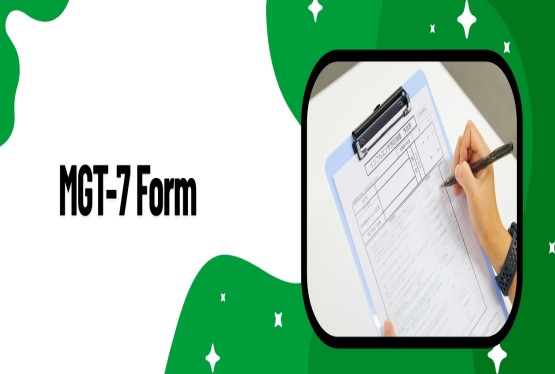





























































_crop10_thumb.jpg)
_crop10_thumb.jpg)



_crop10_thumb.jpg)


_crop10_thumb.jpg)





_crop10_thumb.jpg)

_crop10_thumb.jpg)














-suratgujarat-section-158_crop10_thumb.jpg)
-suratgujarat_crop10_thumb.jpg)
-(33)_crop10_thumb.jpg)



-ahmedabad_crop10_thumb.jpg)
-learn_crop10_thumb.jpg)

-learnn_crop10_thumb.jpg)


























































_crop10_thumb.jpg)















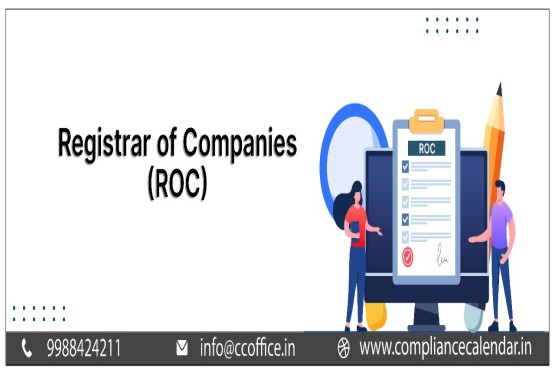






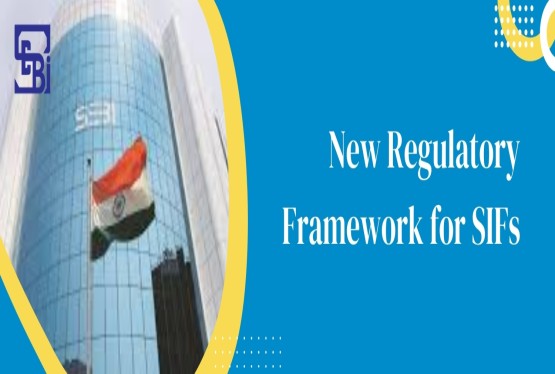
_Guidelines_learn_crop10_thumb.jpg)























_learn_crop10_thumb.jpg)
_crop10_thumb.jpeg)










_crop10_thumb.jpg)




_Second_Amendment_Rules,_2025_learn_crop10_thumb.jpg)







_learn_crop10_thumb.jpg)






















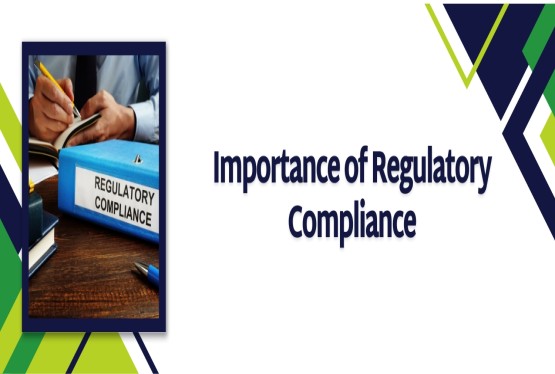








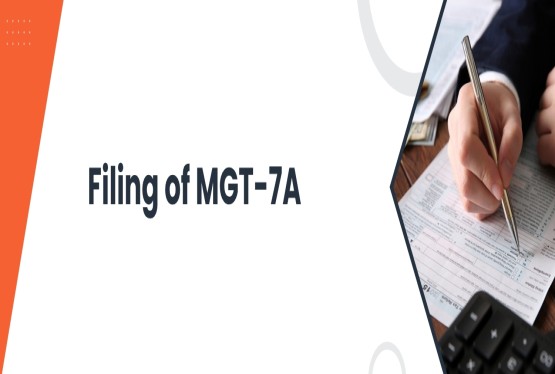
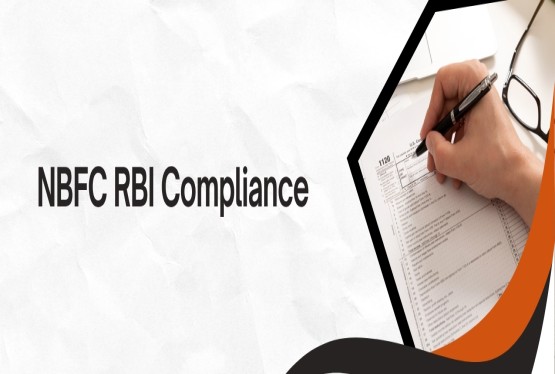





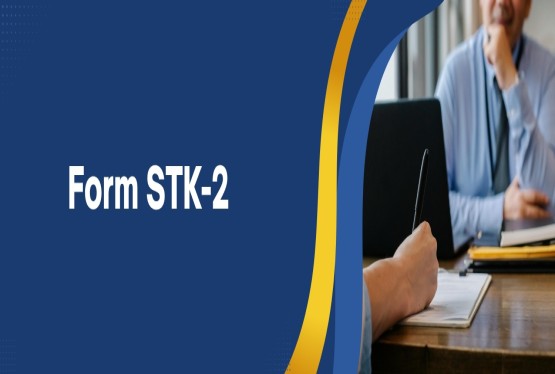
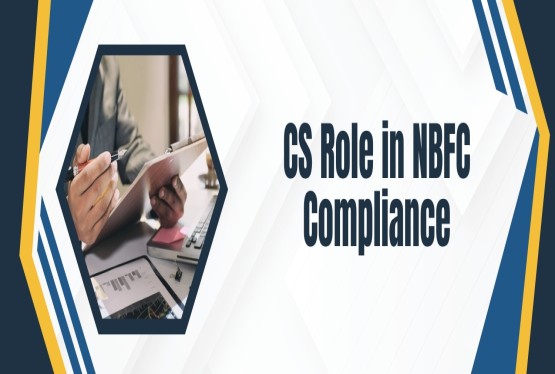

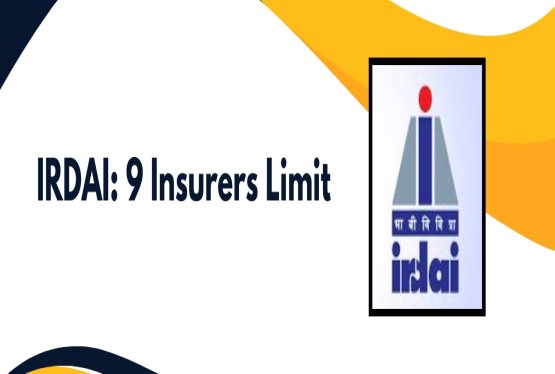


_learn_crop10_thumb.jpeg)




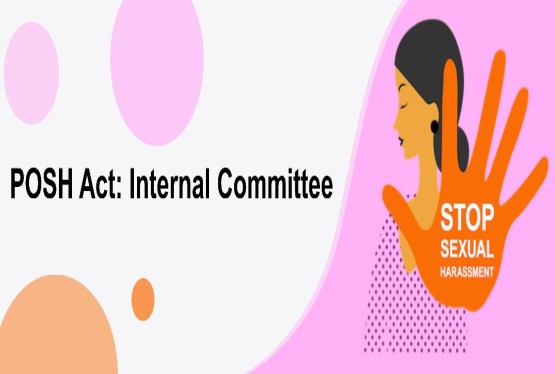
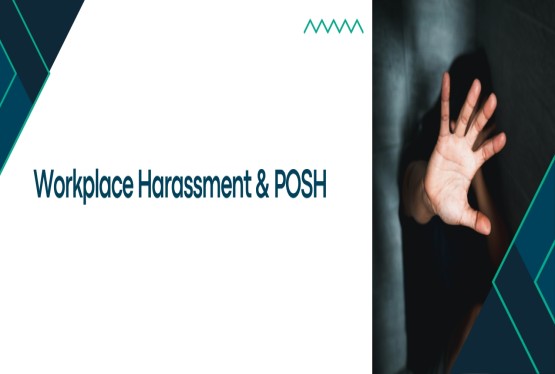


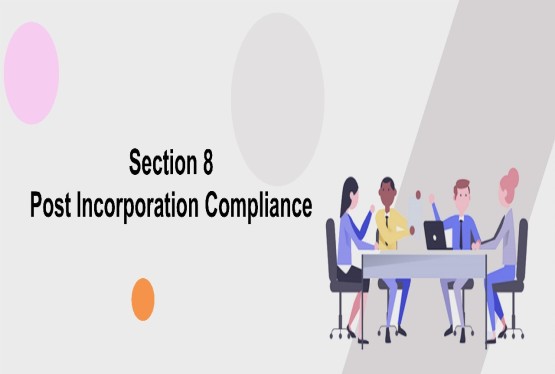
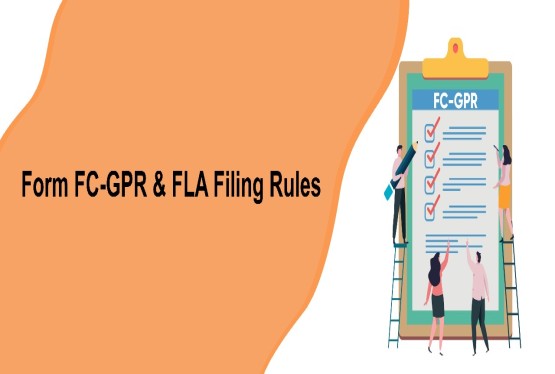

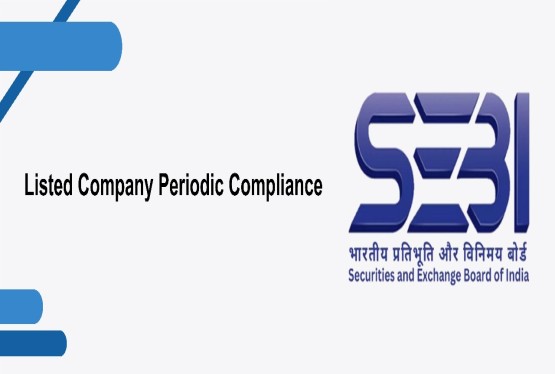

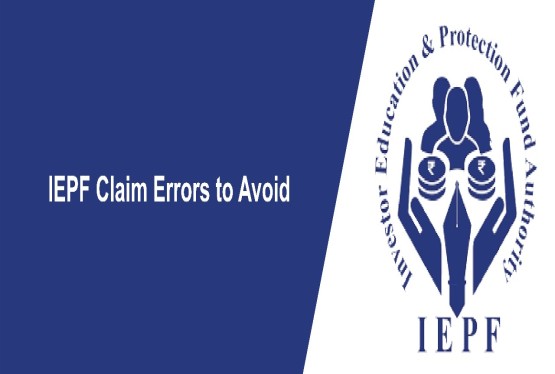


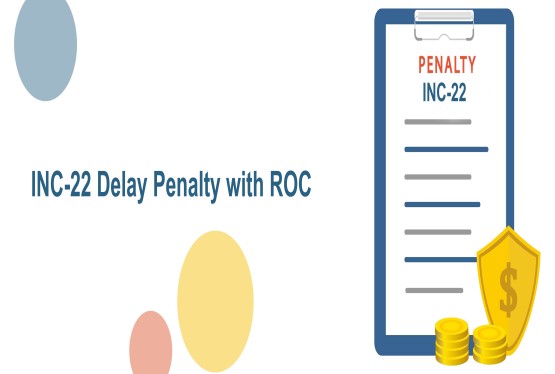


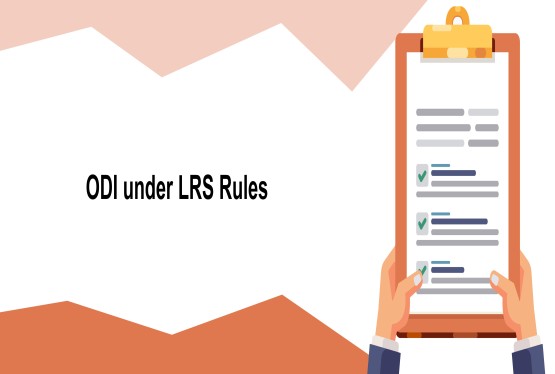



_learn_crop10_thumb.jpg)
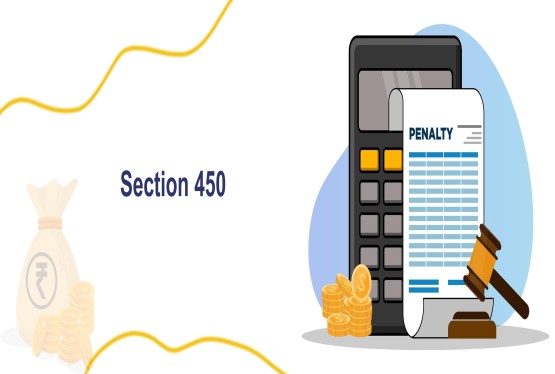

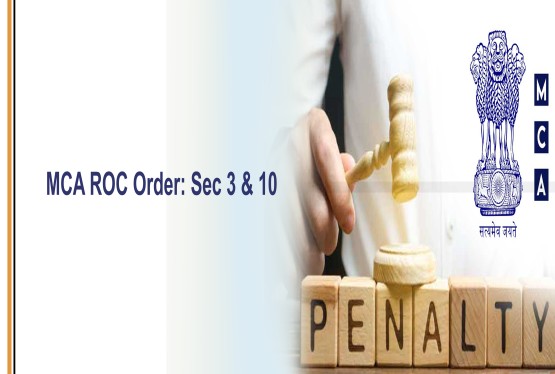
_rd_roc_learn_crop10_thumb.jpg)
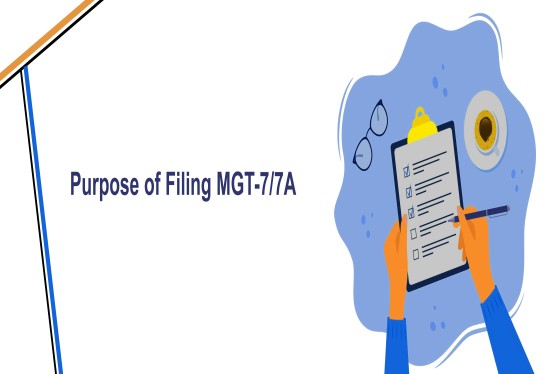



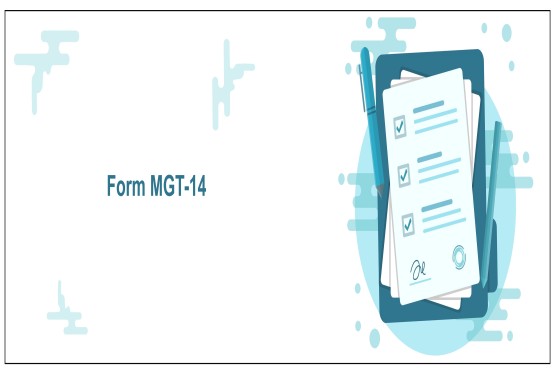
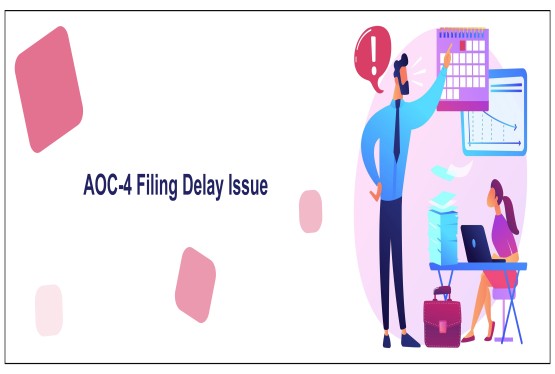
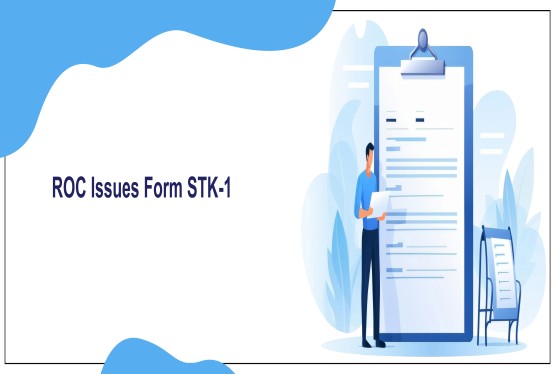


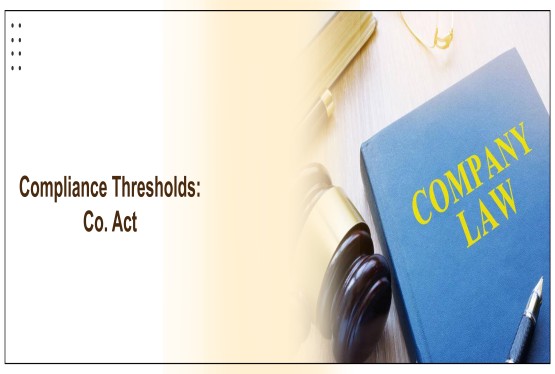
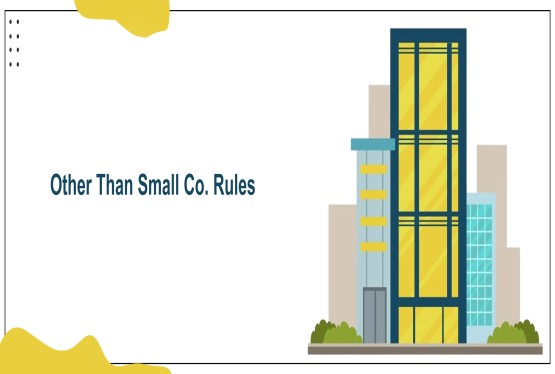


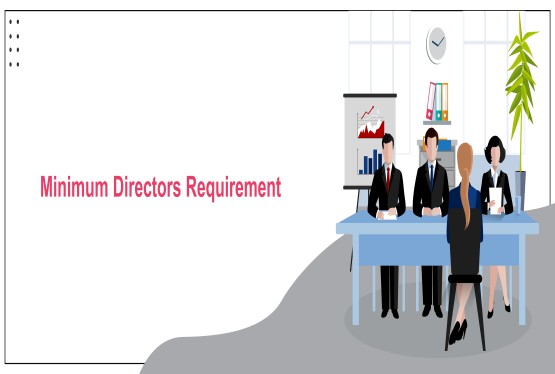

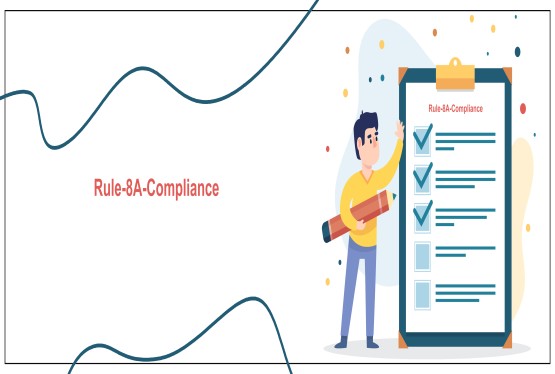
_learn_crop10_thumb.jpg)
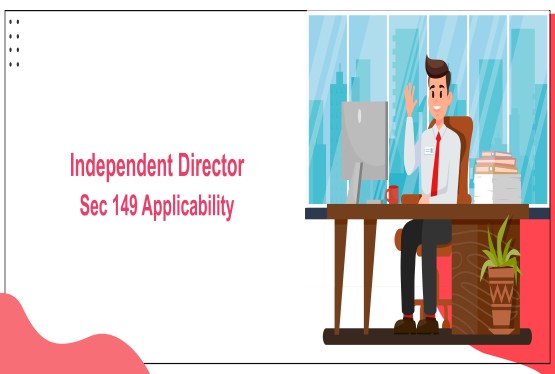
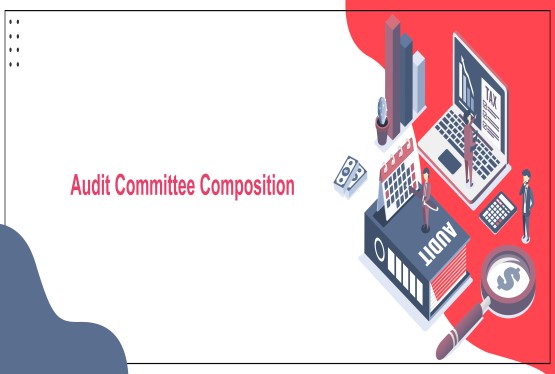
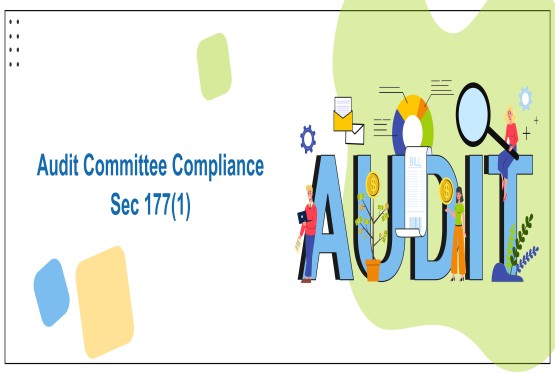



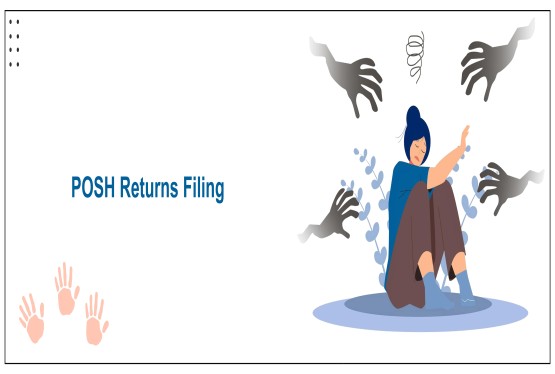
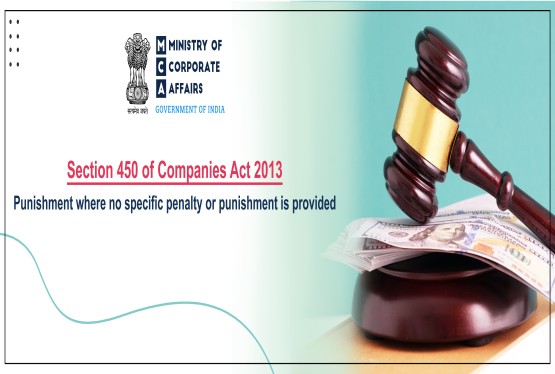

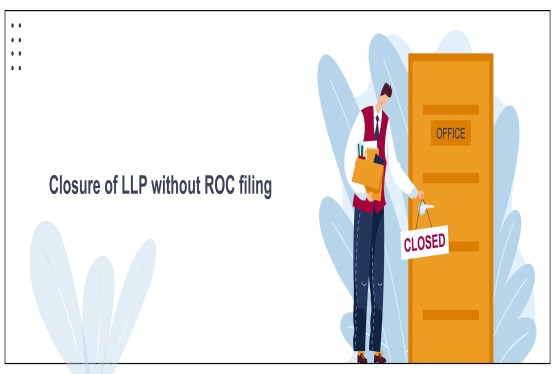


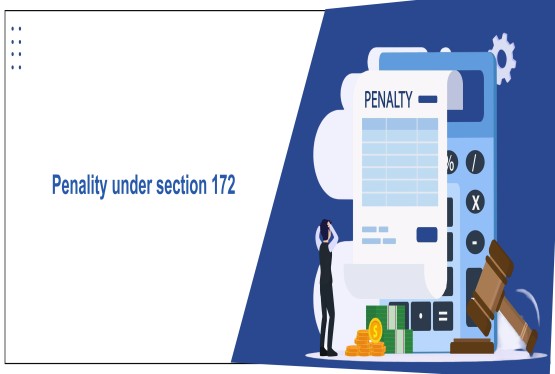
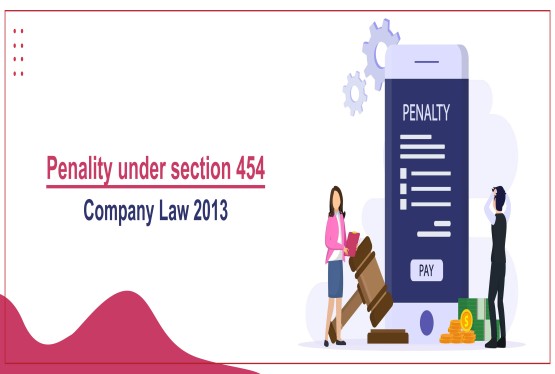
_learn_crop10_thumb.jpg)
_Learn_crop10_thumb.jpg)
